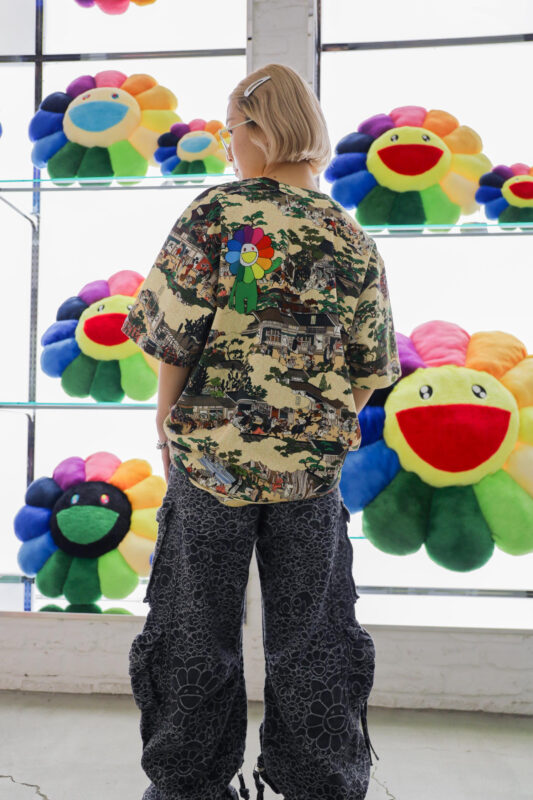Murakami and Hirst do football paintings for charity – the edges of good and bad in art
The death of Brian Sewell heralded the death of art criticism. Or so I said. It was an inflammatory claim, designed to rile, but there was a grain of anxious serious in it. Sewell was not just a contrarian, he was an astute critic of refined tastes and a conscientious objector. That is, he was intellectually principled – he spoke as if he knew what was right and judged what he saw by that standard. This is the critic’s mandate, if criticism is ever to mean anything beyond the mere hot air of subjectivity. On this note, I’d like to continue my perfunctory account of how the critic might approach something like objective standards of value.
In the original article, I made two major claims: one, that criticism could not fulfil its role in apprehending the value of art if it is beholden to relativism; and two, that subjective experience is a confused mess that must be ordered according to principles in order to be articulated to others. Therefore, I concluded, the critic must minimally behave as they are adhering to objective standards of value, of good and bad, if you like, so as to make sense of subjectivity and avoid relativism if they are to say anything useful about value.
In order to arrive at even a sketch of how we might arrive at such critical principles, we must assume that relativism is a dead end: the absence of absolute values renders all our aesthetic debate – value-based or otherwise – completely meaningless, for it begs the question as to what end we are debating. The end of such debates is normally to get the other person to come around to, or at least to see with sincere sympathy, our point of view, but if our values are merely personal matters – in philosophy we would say they are ineffable – then it scarcely matters whether anyone agrees with us or not. It is a truncated version of simply saying ‘I know what I like’ and flouncing off.
The other, more important, issue is to untangle the mess of experience in order to see how our subjective points of view might be put to good use in apprehending seemingly objective critical principles. When I say ‘the mess of experience’ I just mean the vast amount of data received by the brain via the senses: you do not experience an exhibition in the cogent narrative of rich critical prose, but rather in the throes of a barrage of impressions which jostle for attention and often slip from consciousness before you have had time to register them. It would be confusing if only our brains did not make sense of it for us, but when we come to articulate it we have only three standards by which to judge: how things seem to us, how things used to be and how things should be. On this basis we can work out if the deafening crash was a bomb or fireworks. In the confusion of the moment, it might seem like a bomb, but we know bombs don’t normally go off here and it is nearly bonfire night, so on the basis of what we heard and what we know about the past and how things should normally pan out, we assume it is fireworks.
Now here is the big bad wolf in art: we know how things seem to be and we know how things used to be, since we are in possession of the facts of both experience and history, but cannot know – according to the relativists – how things should be because there is no objective standard; and so, subjectivity wins because how things seem cannot be measured against any normative claim about how they should be. Therefore, we cannot make sense of experience in such a way as to articulate it coherently to others, so all aesthetic debate is so much hot air about what I feel and what you feel.
Criticism, therefore, needs an account of how things should be in order to escape the absurdity of relativism and subjectivity. The remarkable thing about the prevalence of relativism and subjectivity is that criticism does possess such an account that, when practiced responsibly, gives criticism the air of objectivity. Critics report their experience in the following form: ‘X is a good artwork [how it seems] because it is an evolution of Y [how things used to be], for which it is necessary that it possesses qualities A, B and C [how things should be]’. A skilled critic can miss out the how things used to be, assuming it to be implied or otherwise obviously in the mind of the reader, and jump straight to an account of how things should be based on how they seem. Either way, aesthetic judgement is elevated beyond the realm of reporting subjective experience and on to the level of drawing rational conclusions according to the application of principles. There is nothing mysterious or unreasonable going on there, since it is the derivation of a conclusion from rational principles.
To be continued…
Words: Daniel Barnes







